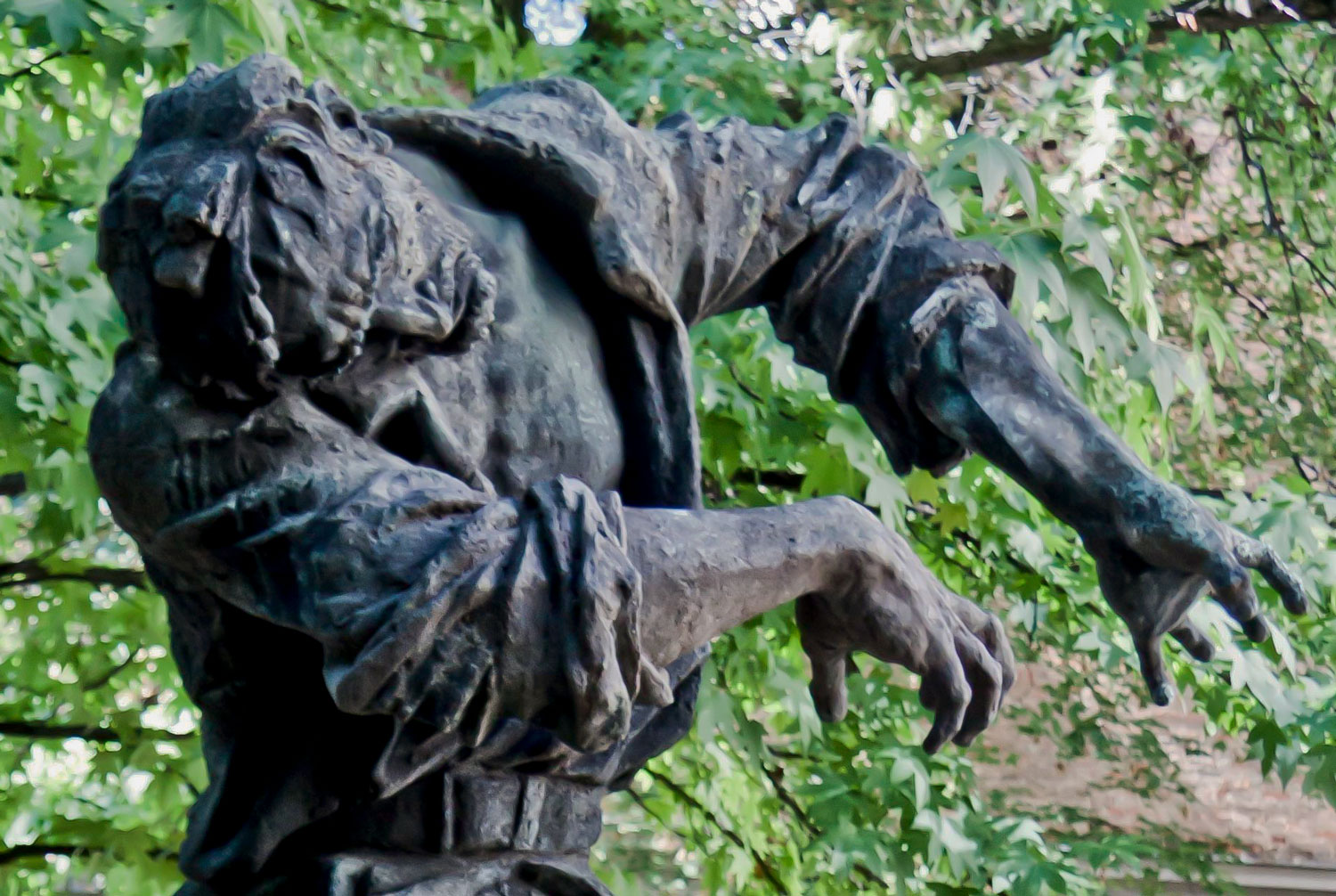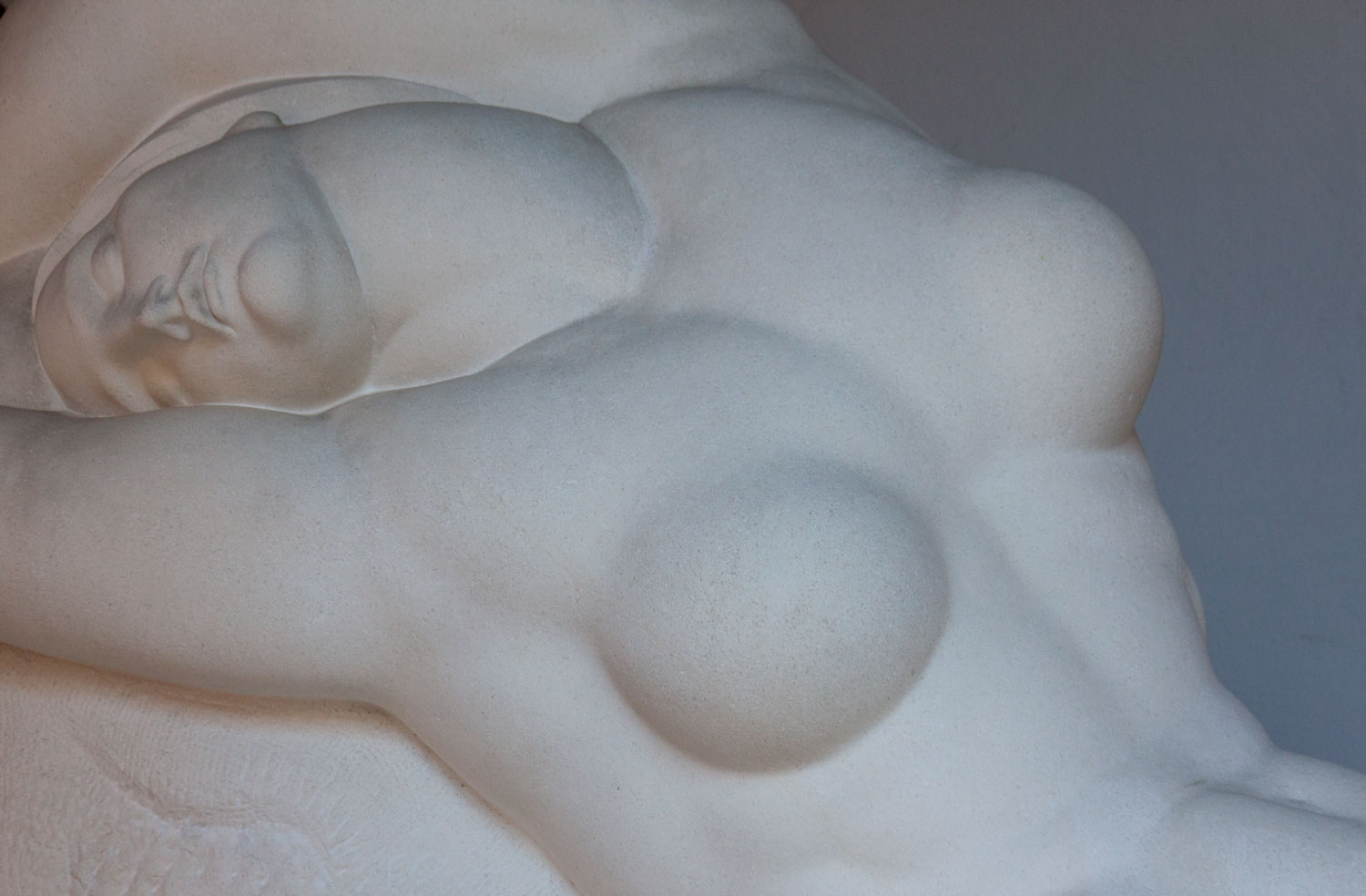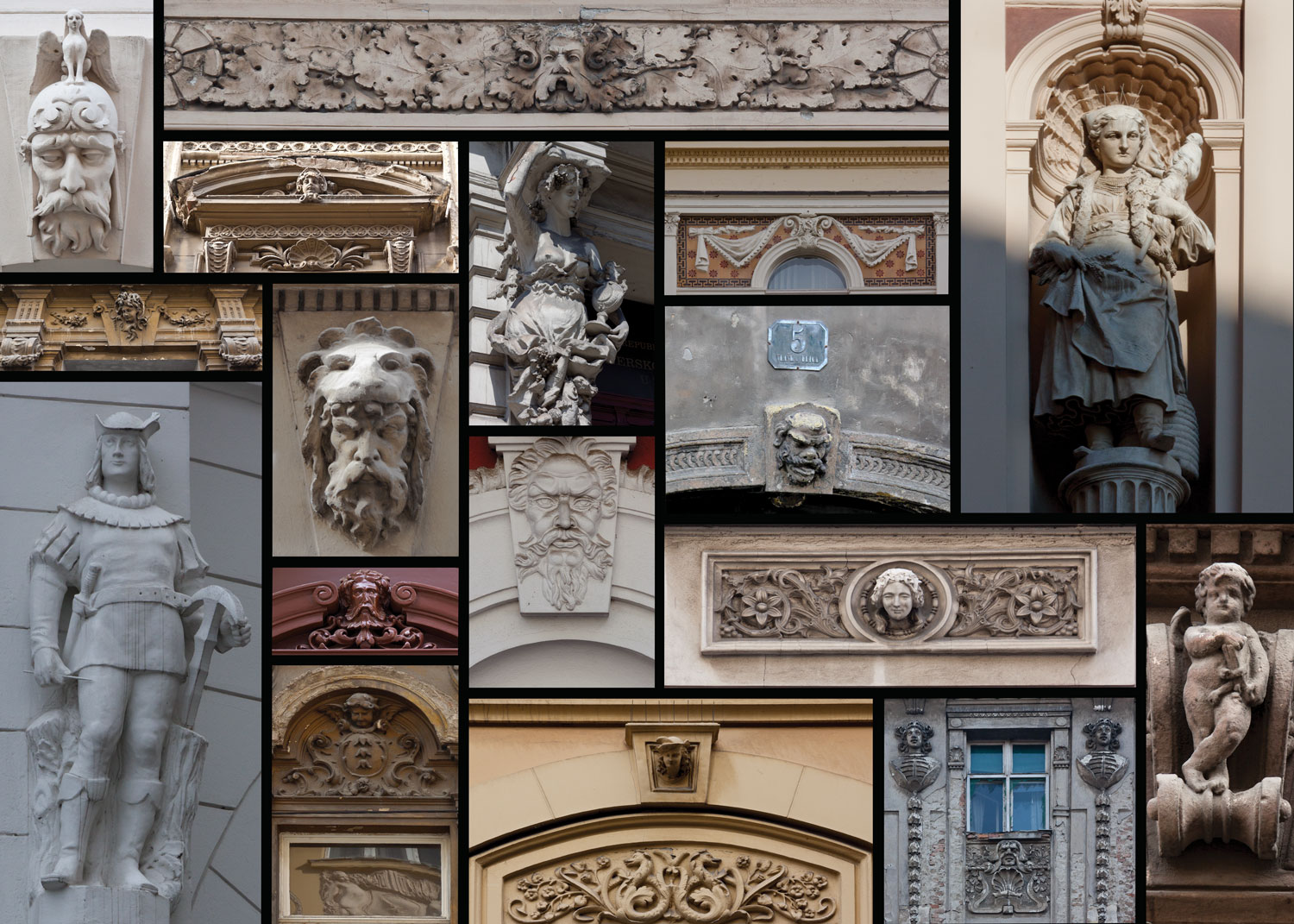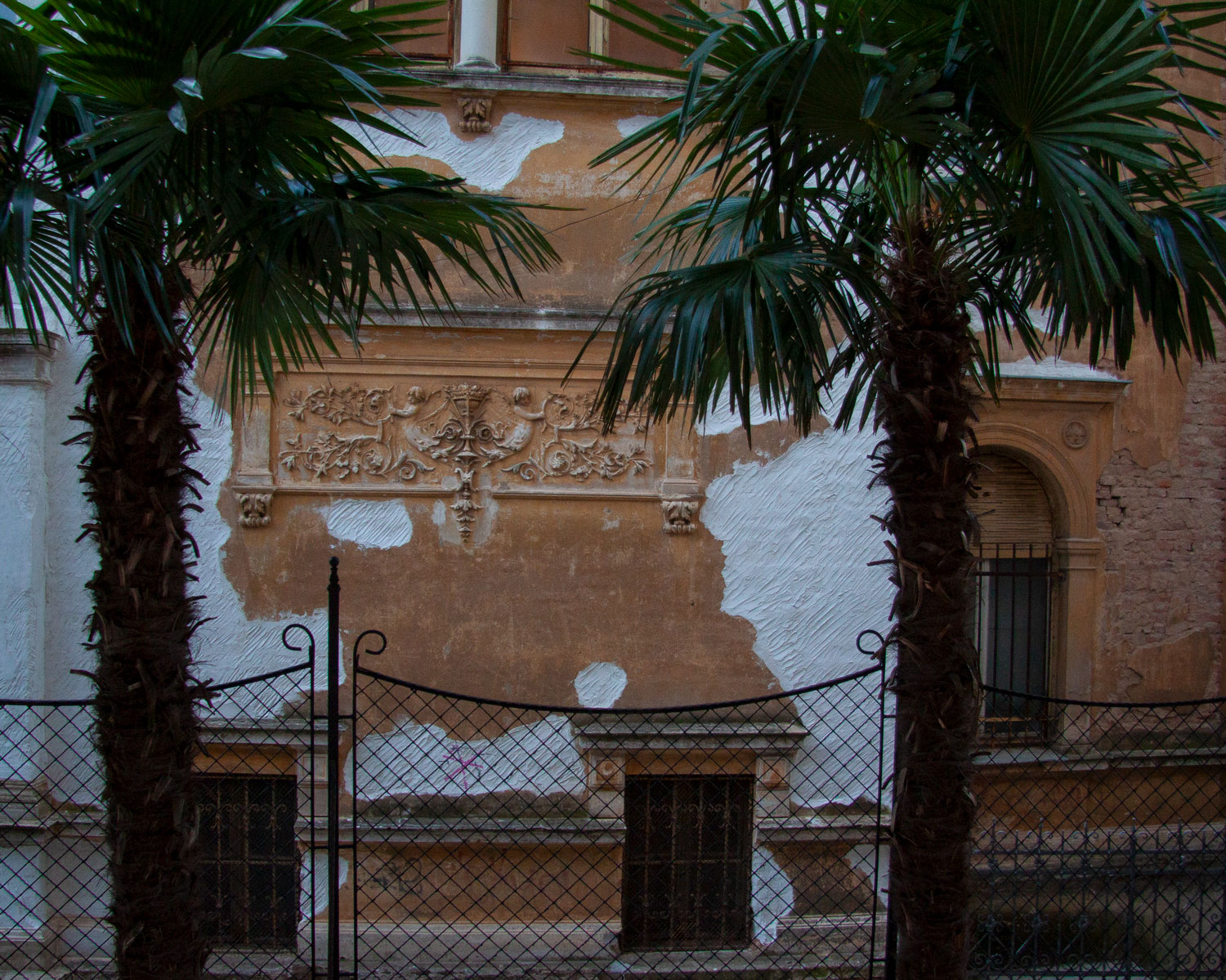Republic of Croatia
My grandparents were born during the Habsburg reign. My parents were both born during the Kingdom of Yugoslavia, while I was born after the World War 2 upon the establishing of the Socialist Federal Republic of Yugoslavia. Since I am a Croat by birth and a Canadian by choice, I feel I have a unique view of this beautiful but often troubled land. After almost a thousand years of being somebody else’s vassal, modern Croatia was forged in a bloody war of independence into the Republic of Croatia, becoming one of the places that has inspired me to photograph its natural beauty, its places of history, its customs and its people.
Croatians

Guests and groom in front of a church at a traditional Croatian wedding in the town of Samobor, Croatia.

Souvenir seller in the old Zagreb dressed in the traditional costume of Šestine, a North West area of Zagreb, Croatia.

Man sitting on the steps of an ancient building in the town of Pula, Istria, Croatia.

Street St. Nicholas during the annual festival of Advent in Zagreb, Croatia.

A young girl in a Medieval costume attending a battle re-enactment in Samobor, Croatia.

Coffee drinker at the street café on Ilica street, Zagreb, Croatia.



Old-timer taking a break in a café at the Dolac farmer’s market in Zagreb, Croatia.

Young participants dressed in the folk costumes during the festival commemorating the day Croatia joined European Union, Jastrebarsko, Croatia.

Member of a folk band during the festival commemorating the day Croatia joined European Union, Jastrebarsko, Croatia.
Partisan Monuments
Although I am not a big fan of Communism and or communists, during the their reign in former Yugoslavia many artists were given a chance to use their talents – albeit along a narrow path, to create some of the most amazing and expressive public artworks anywhere. Beside the obvious figurative sculptures representing various known and anonymous individuals, internationally acclaimed artists and architects were employed to create and build monuments – known as Spomeniks, to memorialise World War 2 events and battles promoting nationalism and unity that were at the core of former Yugoslavia.

Partisan monument in the port of Vela Luka, island of Korčula, Croatia.

Partisan monument in town of Topusko, Croatia. The soldier is carrying a BREN machine-gun on his shoulders, probably a gift from the British government to Tito’s army during WWII.

Relief on the base of the partisan monument in town of Topusko, Croatia.

“Shooting of hostages” by Frano Kršinić, Zagreb, Croatia.

“Wounded partisan”, Zagreb, Croatia.

Monument to an unknown partisan, Samobor, Croatia.

Monument to an unknown partisan, Island of Rab, Dalmatia, Croatia.

Monument to Djuro Djaković, Zagreb, Croatia.

Dying partisan, Zagreb, Croatia.
Wine growing region of Jatrebarsko & Plešivica
Plešivica, a region of central Croatia some 25 kilometres from the capital Zagreb and part of the municipality of Jastrebarsk, a Medieval town dating back to early 13th. century, is named after the 1,000 meter high mountain along who’s foothills some of the best Croatian wines are grown and produced.

Spire of St. Nikola church in the town of Jastrebarsko, Croatia.

Dog walker on the grounds of the Erdödy castle in the town of Jastrebarsko built in 16th. century, Jastrebarsko, Croatia.

Battery-powered candles on the graves in the church cemetery for the all Saints day at Plešivica, Jastrebarsko.

Church cemetery at sunset in Plešivica, Jastrebarsko, Croatia.

Beginning of autumn in the wine growing region of Plešivica, Jastrebarsko, Croatia.

Early autumn in the wine growing region of Plešivica, Jastrebarsko, Croatia.

Newly born baby goat at the farm of Gordana Fijan in the village of Vlaškovec, Jastrebarsko, Croatia.

Two Arabians at the farm of Gordana Fijan in the village of Vlaškovec, Jastrebarsko, Croatia.

August harvest of indigenous Tomatoes in the village of Vlaškovec, Jastrebarsko, Croatia.

Resident of the orchard in the village of Vlaškovec, Jastrebarsko, Croatia.

Winter view of vineyards at Plešivica, Jastrebarsko, Croatia.
Zagreb & surrounding area
Zagreb is the capital and the largest city in the Republic of Croatia, a city with a rich history dating back to Roman times. The name "Zagreb" is first recorded in 1134, as a reference to the foundation of the settlement of Kaptol in 1094, now part of the old upper town, becoming a free royal town in 1242.

Statue of the first Croatian king Tomislav, Zagreb, Croatia.

Church of St. Martin with a gaslight, Vlaška street, Zagreb.

Windows with flowers in the town of Samobor, Croatia.

Detail of a modern sculpture on the grounds of the Zagreb Art Academy, Zagreb, Croatia.

Detail of a tomb at the Varaždin cemetery, town of Varaždin, Croatia.

Hotel balcony, Zagreb, Croatia.

Detail of a sculpture on the grounds of the Zagreb Art Academy, Zagreb, Croatia.

Zagreb cathedral under repair and just before a Spring rain storm.



Home made roadside crucifixes in Zagorje near Veliki Tabor in the north-east Croatia, has a history of world class naive art that is known for its primary colour palette the local artists seem to prefer.

Detail of a sculpture by the famous Croatian sculptor Ivan Meštrović in the forecourt of the Meštrović Museum & Studio, Zagreb, Croatia.

Detail of a sculpture by the sculptor Ivan Meštrović at the Meštrović Museum & Studio, Zagreb, Croatia.

Cobbled stones in front of St. Mark’s church, Zagreb, Croatia.

Sculpture of Nikola Tesla by Ivan Meštrović on Tesla street, Zagreb, Croatia.

House doorhandles, Zagreb, Croatia.

“Fisherman” a sculpture by Simeon Roksandić on the Jesuit square in the upper town, Zagreb, Croatia.

Tombstone marker for the German soldiers killed during WW 2 whose remains were buried at Mirogoj cemetery in Zagreb, Croatia.

Statue of Petar Preradović by sculptor Ivan Rendića of the Croatian poet and soldier on the square by the same name, but more commonly known as the Flower Square (Cvijetni Trg), Zagreb, Croatia.

If one looks up one can see that almost every building in Zagreb from the mid 18th. to the end of 19th. century contains a sculpture or a relief on its facade of figures from mythological, historical, literary, political or simply imaginative sources.

Man with a magenta umbrella walking along Ribnjak or Bishop’s gardens as it is known, during a Spring rainfall, Zagreb, Croatia.

Pigeon taking shelter at the statue of the angel in front of Zagreb Cathedral, Zagreb, Croatia.

Street art or vandalism? Upper town, Zagreb, Croatia.

Early frost at the Bishop’s gardens at Ribnjak, Zagreb, Croatia.

Late Roman period tombstone found in the area near present day Zagreb, Croatia.

Tombstone marker at the military cemetery at Mirogoj for a young soldier killed in the Homeland war, Zagreb, Croatia.

Statue of the 19th. century Croatian novelist and poet, August Šenoa, Vlaška street, Zagreb, Croatia.

Typical Habsburg era stairway, Zagreb, Croatia.

Building detail from Art Nouveau period, Zagreb, Croatia.

Building detail, Zagreb, Croatia.

Wares at the Sunday antique market on the British Square in Zagreb. Besides the obvious, note coins with Franz Joseph II, Tomahawk, flintlocks and a Turkish style knife…history seems to have collapsed onto itself on this small table.
Medieval battle re-enactment, Samobor, Croatia
Samobor has existed as a free royal town since 1242, according to a document of endowment by King Béla IV of Hungary. Each year at the end of winter the town holds various medieval battle re-enactments commemorating events from its long history.










Croatian coast & the islands

Early morning in the village of Zavalatica, Island of Korčula, Dalmatia, Croatia.

A vintage Renault on the island of Korčula, Dalmatia, Croatia.

Detail of sculptures, part of Hapsburg era fountain complex in the town of Opatija, Istria, Croatia.

Hapsburg era mansion under repair in the town of Opatija, Istria, Croatia.

Statue of Miroslav Krleža, Croatian writer and dramatist in the town of Opatija, Istria, Croatia.

Window with wooden shutters in the town of Groždjan, Istria, Croatia.

Venetian lion at the entrance to the town of Motovun, Istria, Croatia.

Main alter mosaic of the Episcopal Complex with Mother Mary and Child. Second from left: St. Euphrasius with model of church of the Euphrasian Basilica from the 6th. century, ACE, Poreč, Istria, Croatia.

Roman era floor mosaic from the town of Poreč, Istria, Croatia.

Venetian period house gates in the city of Korčula, Island of Korčula, Dalmatia, Croatia.

Detail on the front facade of the St. Mark’s Cathedral in Korčula city, Island of Korčula, Dalmatia. What a strange combination of figures – human and animal…note the Elephant. Almost DALI like.

Detail on the front facade of the St. Mark’s Cathedral in Korčula city, Island of Korčula, Dalmatia, Croatia.

Detail of the clock on the front facade of the St. Mark’s Cathedral in Korčula city, Island of Korčula, Dalmatia, Croatia.

Sculptures of Adam and Eve over the front entrance of the St. Mark’s Cathedral in Korčula city, Island of Korčula, Dalmatia, Croatia.

Detail of the fountain at the main harbour staircase in Korčula city, Island of Korčula, Dalmatia, Croatia.